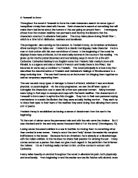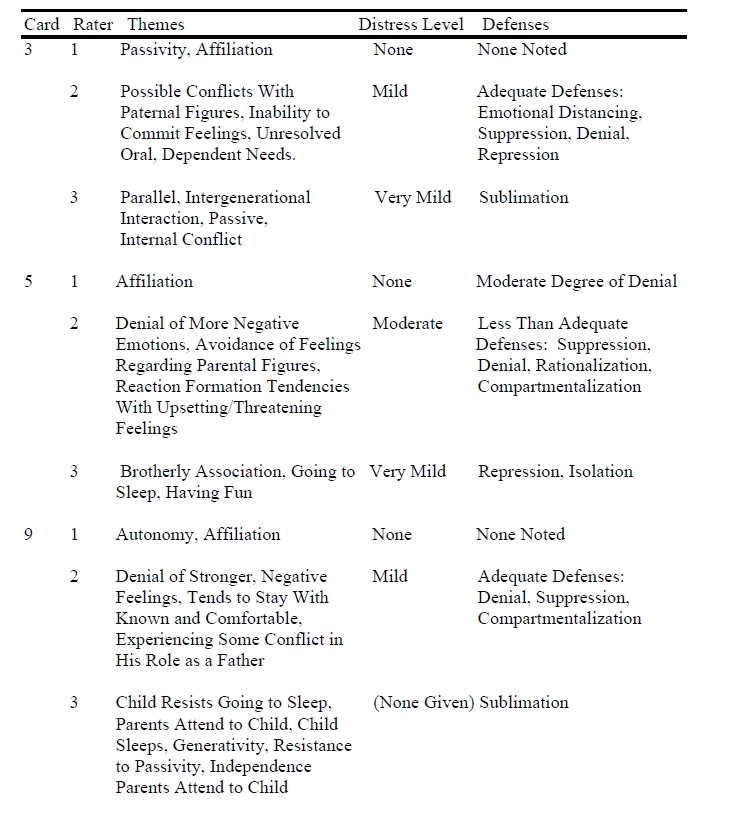Molecular Vision: PAX6 gene analysis in irido-fundal coloboma.
Ocular coloboma, as an isolated defect, is usually inherited as an autosomal dominant disorder, although autosomal recessive inheritance also occurs. Coloboma is a hole in one of the structures of the eye, such as the iris, retina, choroid, or optic disc. If coloboma is present both in iris and retina it is known as irido-fundal coloboma.
Coloboma is an ocular birth defect resulting from abnormal development of the eye during embryogenesis. It is defined as a congenital defect in any ocular tissue, typically presenting as absent tissue or a gap, at a site consistent with aberrant closure of the optic fissure.

Coloboma is a hole in one of the structures of the eye, such as the iris, retina, choroid, or optic disc. If coloboma is present both in iris and retina it is known as irido-fundal coloboma.

A coloboma occurs in about 1 in 10,000 births and by the eighth week of pregnancy. Coloboma can affect one eye (unilateral) or both eyes (bilateral) and it can affect different parts of the eye. As coloboma forms during the initial development of the eye, it is present from birth and into adulthood.

A coloboma can occur in one eye (unilateral) or both eyes (bilateral). Most cases of coloboma affect only the iris. The level of visible impairment of those with a coloboma can range from having no vision problems to being able to see only light or dark, depending on the position and extent of the coloboma (or colobomata if more than one is present).

Coloboma is a collective term encompassing any focal discontinuity in the structure of the eye, and should not be confused with staphylomas, which are due to choroidal thinning. Pathology. Embryologically, colobomas are due to the failure of closure of the choroidal fissure. The most common site of ocular coloboma is the anterior segment involving the iris, less commonly in the posterior.

Abstract. A new classification of microphthalmos and coloboma is proposed to bring order to the complexity of clinical and aetiological heterogeneity of these conditions. A phenotypic classification is presented which may help the clinician to give a systematic description of the anomalies. The phenotype does not predict the aetiology.

Retinochoroidal coloboma: 54-year-old female with blurred vision. Avinash P. Tantri, MD and A. Tim Johnson, MD, PhD. February 27, 2005. Chief Complaint: 54-year-old female patient presents requesting new glasses. History of Present Illness: Patient reports mild blurriness in both eyes (OU) at distance and near for several months.Rarely she experiences episodes of monocular diplopia in each.

Most often presenting as a keyhole-shaped pupil, coloboma may affect one or both eyes. Persons with this problem of the iris often have fairly good vision, but those with it involving the retina may have vision loss in specific parts of the visual field, which can cause problems with reading, writing.

Ocular coloboma is a congenital and common malformation which includes a deficiency of the structures of the eye, such as the iris, retina, choroid, or optic disc. It is usually inherited as an autosomal dominant disorder, although autosomal recessive inheritance also occurs.

Pars-plana vitrectomy with phacofragmentation for hyperdense cataracts in eyes with severe microcornea and chorio-retinal coloboma: A novel approach Alok C Sen 1, Gaurav M Kohli 1, Ashish Mitra 1, Shubhi Tripathi 1, Sachin B Shetty 1, Sonal Gupta 2.

Coloboma arises from abnormal development of the eye. During the second month of development before birth, a seam called the optic fissure (also known as the choroidal fissure or embryonic fissure) closes to form the structures of the eye. When the optic fissure does not close completely, the result is a coloboma.

Iris coloboma. Contributor: Jordan M. Graff, MD, University of Iowa Typical coloboma of the iris, seen here as an inferonasal keyhole defect in the iris in both eyes (right and left eyes shown as if patient is facing the examiner with the nose removed).



